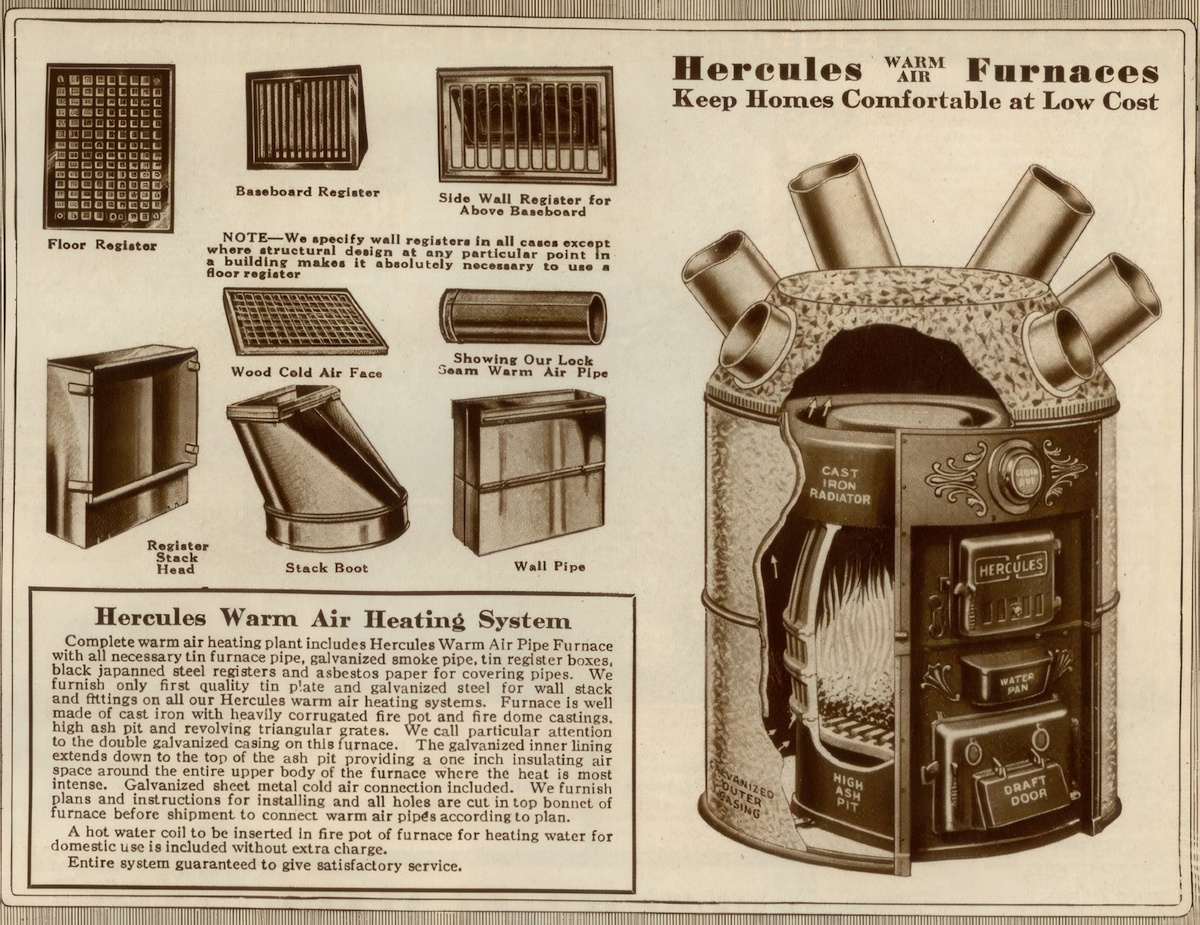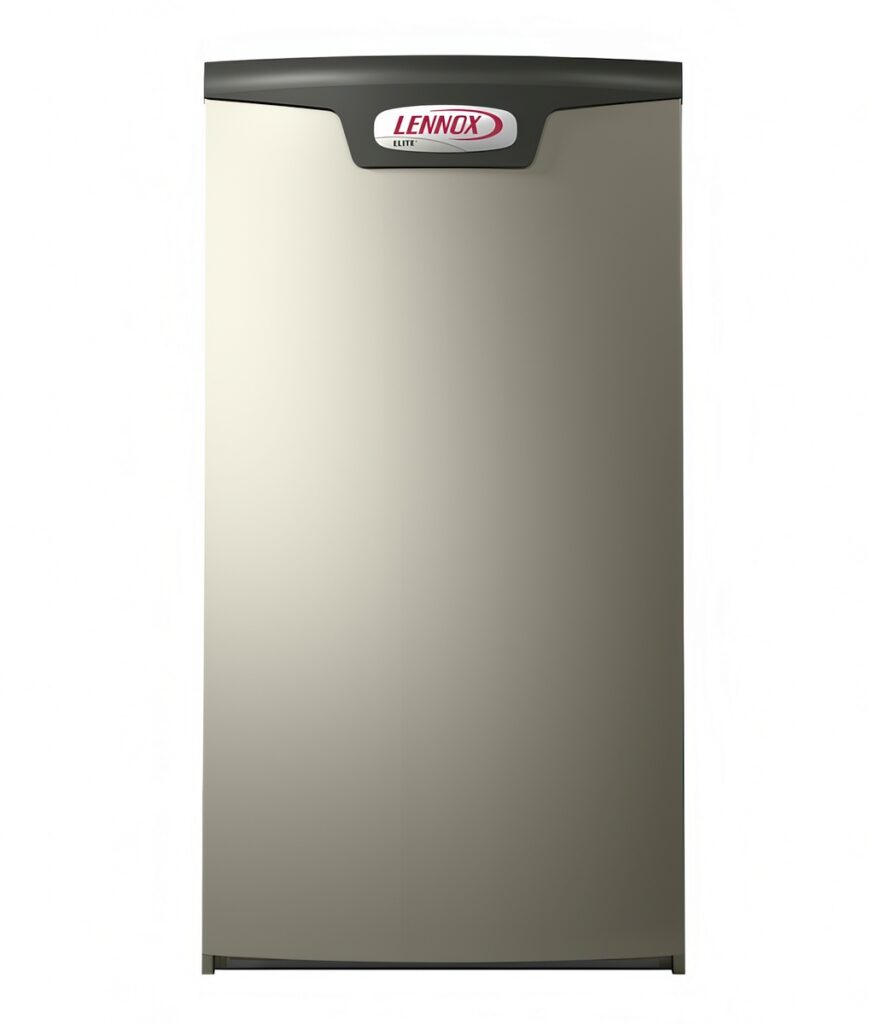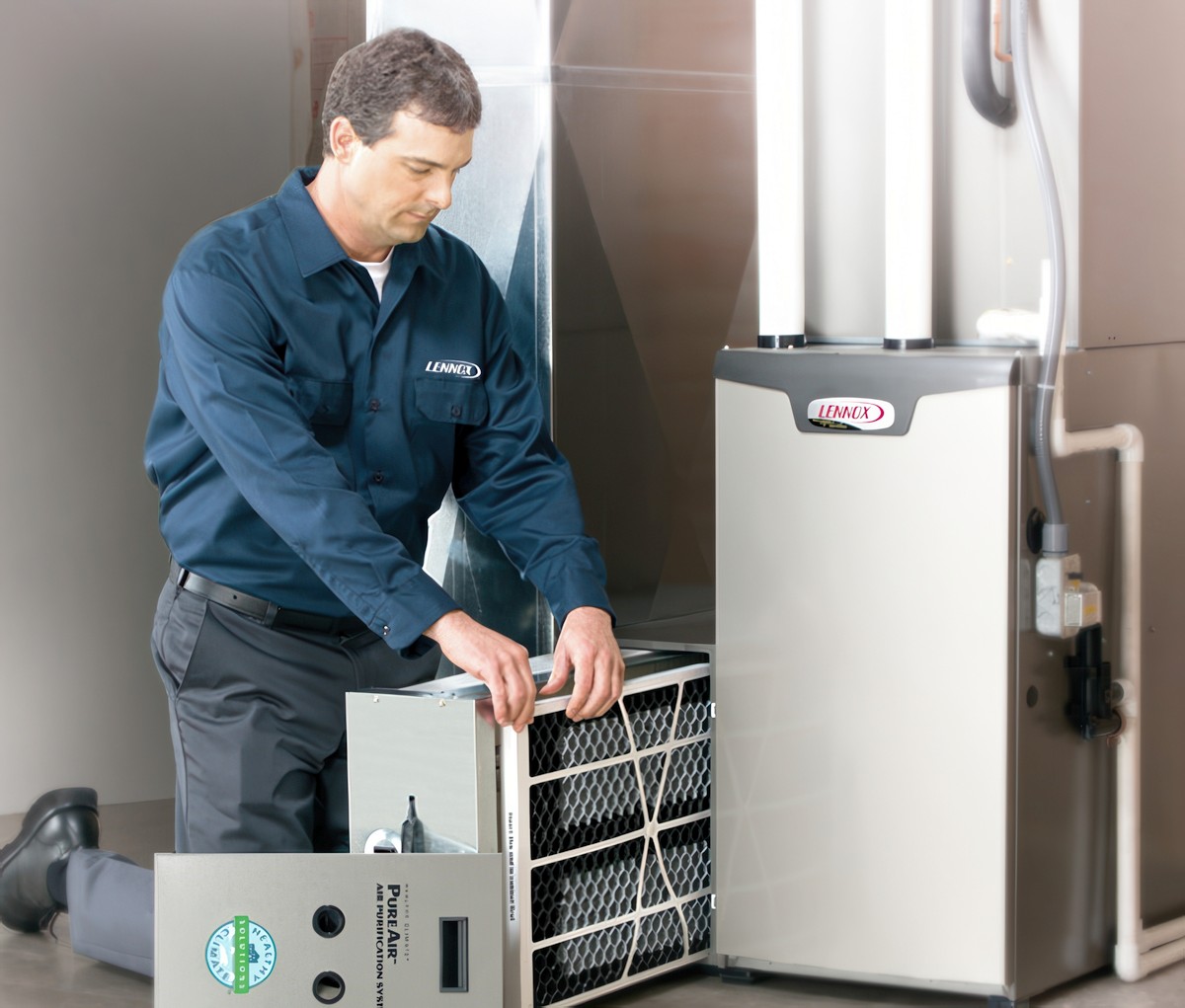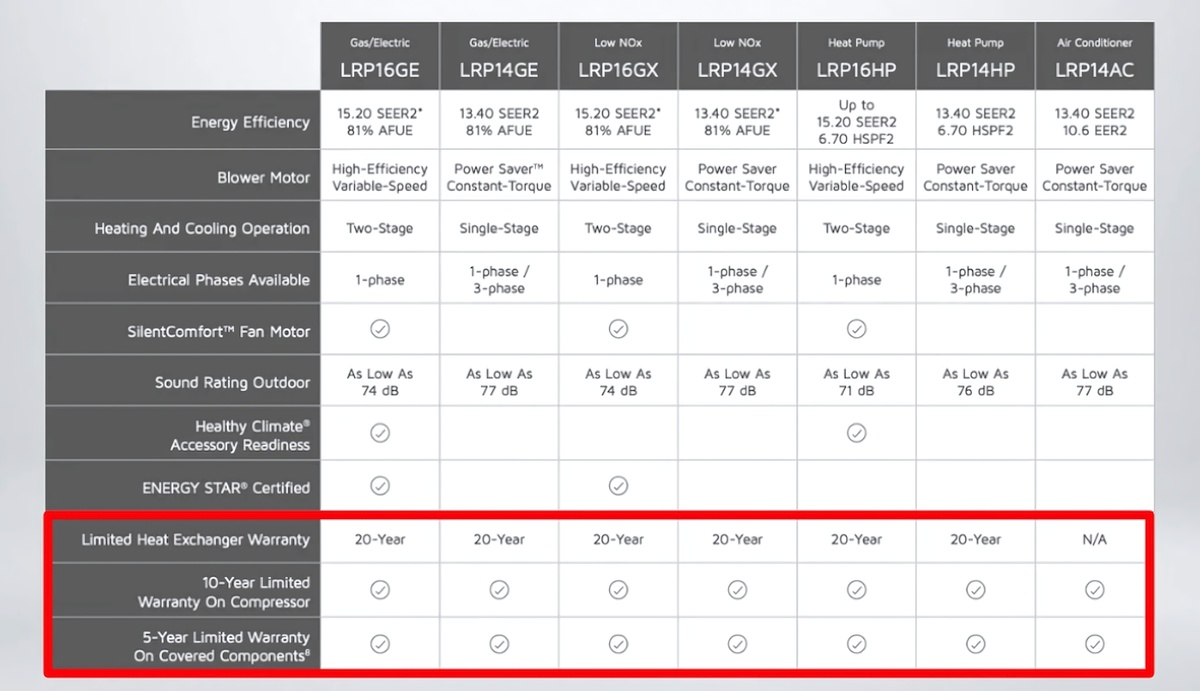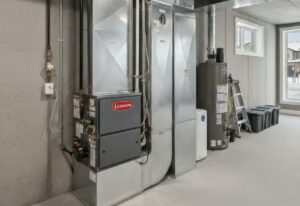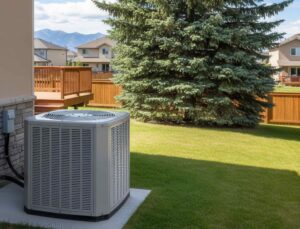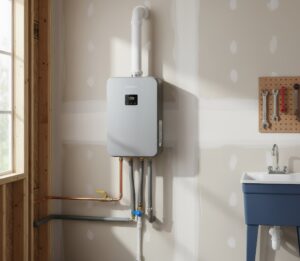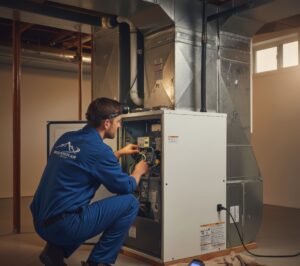Got furnace problems? Wondering how long a gas furnace should last in Alberta—and whether it’s time to upgrade?
Most high-quality furnaces are sturdy items that can easily last two decades. However, multiple factors affect longevity—from the brand to maintenance levels and more.
A new furnace is a major investment in Alberta, with the average cost between $4,500 and $8,500 including installation. So, it’s natural to want to know how long it’s going to last before purchasing a new unit.
Let’s look at how long a gas furnace should last in an Alberta home, the factors that affect longevity, what you can do to extend the life of your furnace, and the typical signs that you may need a furnace replacement…
HOW LONG SHOULD A GAS FURNACE LAST?
High-quality gas furnaces can easily last 20 or more years in Alberta if they’re well cared for. You should expect a modern, high-efficiency furnace to last 15-17 years with regular maintenance, after which time you might consider a furnace replacement. Technology is constantly improving furnace efficiency, which can help justify an upgrade.
Furnace lifespans do vary with the quality of the unit, how well it is installed and maintained, and whether it is the primary heating source in the home. Note too that if you neglect annual furnace maintenance, its lifespan can be reduced by 3-5 years or more.
MAKE THE RIGHT HEATING & COOLING DECISIONS…
For over two decades, Alberta Mountain Air has helped Calgarians solve heating and cooling problems and maintain ideal comfort levels. Get in touch online for a quote.
WHAT FACTORS AFFECT THE LONGEVITY OF A GAS FURNACE?
Forced air furnaces are the heating method of choice in Alberta, with 82 percent of homes using them as a primary heating source. The vast majority still use natural gas in Alberta, despite the growing popularity of heat pump installations.
If you have a natural gas furnace like the majority of households, it pays to understand the main factors that affect its lifespan so you can extend its life and avoid high furnace repair bills and premature replacement.
From the right choice of furnace to installing it and maintaining it properly, a few simple steps can extend the life of your gas furnace…
Furnace brand and sizing
If you’re comparing new furnaces, make sure your chosen unit is a reliable brand and the right size for your home. An incorrectly sized unit will affect not only comfort levels but the lifespan of your unit.
You can read more about the right furnace for a small house here. Trying to run a furnace that’s too small for a larger home will also lead to problems.
Installation competence and location
Don’t cut corners with installation or it can affect the performance and lifespan of your heating system or, worse, the safety of your family.
A new furnace should be professionally installed or airflow may be restricted, problems may develop with the venting or fuel lines, efficiency and reliability can suffer, and years can be shaved off the life of your furnace.
The location of the furnace installation also matters. Furnaces installed in crawlspaces or attics usually have shorter lifespans than those in garages or spacious basements due to fewer problems with heat, pests, etc.
Maintenance and cleaning
The difference between a furnace that lasts 12 years and a unit that’s still going strong at 20 years is often the regularity with which it is serviced.
Gas furnaces require at least an annual professional tune-up by a licensed HVAC technician before the winter starts in Alberta. In addition to furnace cleaning (filters, motors, and the heat exchanger in particular) any faults or inefficiencies can be identified. Some simple furnace repairs can often prevent more serious problems in the future.
Filter changes
Basic DIY maintenance from homeowners can also extend the life of gas furnaces: change the air filter every 1-3 months—or clean the filter if your furnace uses reusable filters.
Dirty filters impede airflow, which will lead to inefficiencies and potential performance issues with your heating system over time. This can, in turn, shorten the life of your furnace.
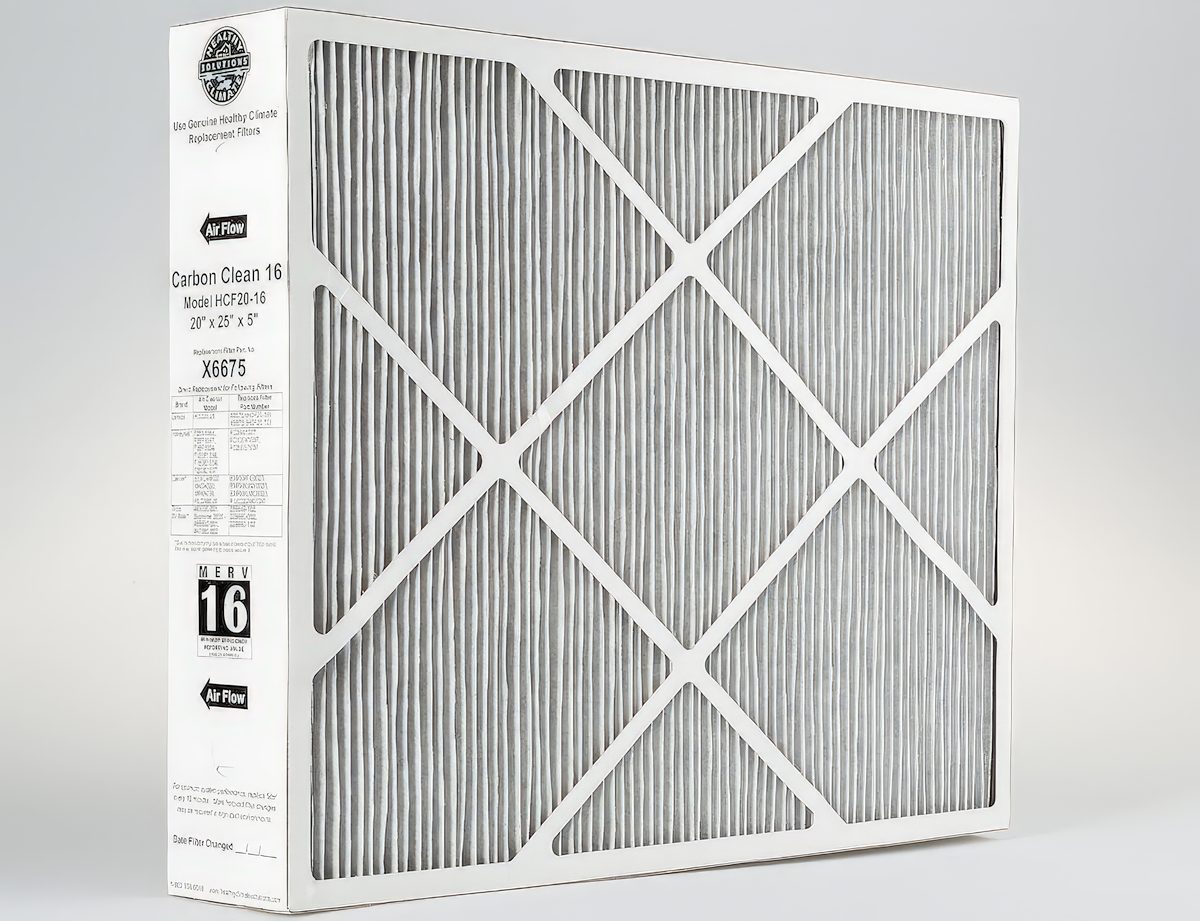
Primary or secondary heating source?
Is your furnace the main heating source in your home—or do you run a dual-fuel system with a heat pump, which heats your home for much of the winter?
With dual-fuel systems, the furnace doesn’t need to work as hard or for as long because the heat pump carries much of the heating load. The furnace only kicks in when then temperatures plummet to well below freezing, saving fuel, keeping bills lower, and extending the life of the furnace.
Thermostat settings
Setting your thermostat too high or too low can overwork your furnace and impact its lifespan, potentially damaging components.
Try to keep your thermostat settings within a moderate range during the winter—around 20C during the daytime and 18C at night. A permanent setting of 24-25C will place unnecessary strain on your heating system and inflate your energy bills.

If you feel cold in winter, try wearing more layers or using thicker bedding.
HOW CAN YOU EXTEND THE LIFE OF YOUR GAS FURNACE?
Now you know the factors affecting how long a furnace lasts in Alberta, extending the life of your unit should be common sense.
Basically, do the following:
- Choose a furnace from a reliable brand and make sure that it’s correctly sized for your home.
- Change or clean the air filters every 1-3 months depending on furnace usage, the time of year, and the air quality in your home.
- Ensure that return vents and registers are unimpeded and that the system maintains good airflow.
- Maintain moderate thermostat temperatures during the daytime and turn down the heating when you sleep.
- If your heating system is based in the attic, ensure sufficient insulation and ventilation.
- Install a heat pump with your furnace for a dual-fuel system that eases the workload on your furnace in winter and saves money.
- Book at least annual furnace maintenance and cleaning from professional HVAC technicians—ideally in the fall before the coldest weather arrives.
- Fix any problems before they escalate by calling a professional furnace repair service.
- Ensure that your home is well insulated with caulk and weatherstripping protecting windows and doors (this reduces the run time of the furnace).
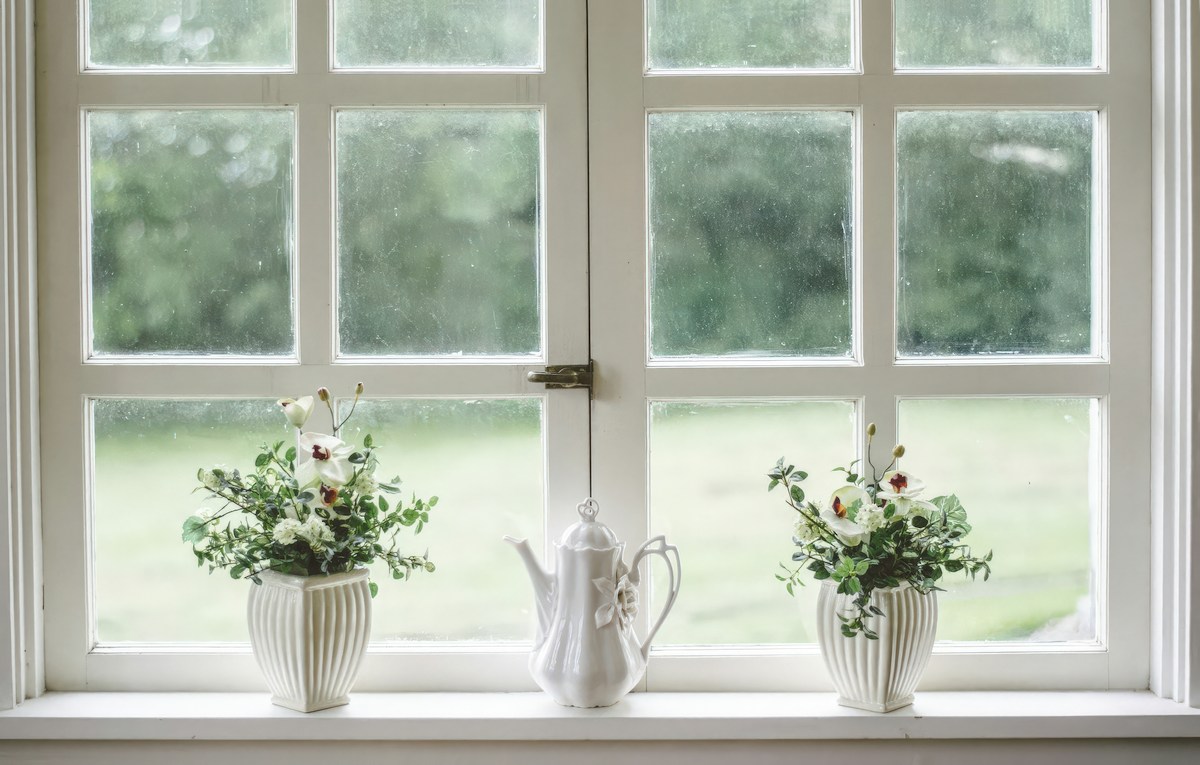
BENEFITS OF REGULAR FURNACE MAINTENANCE
Booking regular furnace tune-ups has many advantages besides potentially extending the life of your furnace and delaying the need for a replacement. These include:
- Maintains optimal furnace performance for greater efficiency and comfort levels in the home
- Creates more consistent heating and airflow throughout the home
- Enables enhanced air quality in the home, which is better for family health (less dust, pollen, and other contaminants)
- Produces lower monthly energy bills due to optimal use of fuel
- Results in lower repair bills due to fewer unexpected faults and breakdowns, with early warning signs of problems flagged
TYPICAL SIGNS YOU MAY NEED TO REPLACE YOUR FURNACE
Despite your best efforts at prolonging the inevitable, there will come a time when a replacement is necessary and the old furnace must be disposed of.
But how do you know when that time is?
Ideally, you’ll know before your furnace completely shuts down in midwinter, leaving you without heating. So, here are the main signs that your furnace needs replacing sooner rather than later…
Frequent repairs or service calls required
Most homeowners can easily finance an annual maintenance callout but if you’re regularly having to fork out for furnace repair technicians and replacement parts, the costs will mount up—and replacement may be the sensible option.
Performance issues could be anything from blowing cold air or burning with a yellow flame to emitting strange noises and smells, such as rattling, buzzing, booming or screeching.
Old age (beyond 12-15 years)
Once your furnace reaches the ripe old age of 12-15 years, the availability of newer, more efficient models may make a replacement an economical choice for fuel usage.
Older furnaces may also have more expensive replacement parts that become ever more difficult to find. Furnaces over the age of 10 are far more likely to experience problems, especially if maintenance has been missed.
Frequent performance issues
If your furnace is regularly failing to heat the home adequately or resulting in poor indoor air quality, the discomfort and inconvenience can be compelling reasons to upgrade to a replacement furnace.
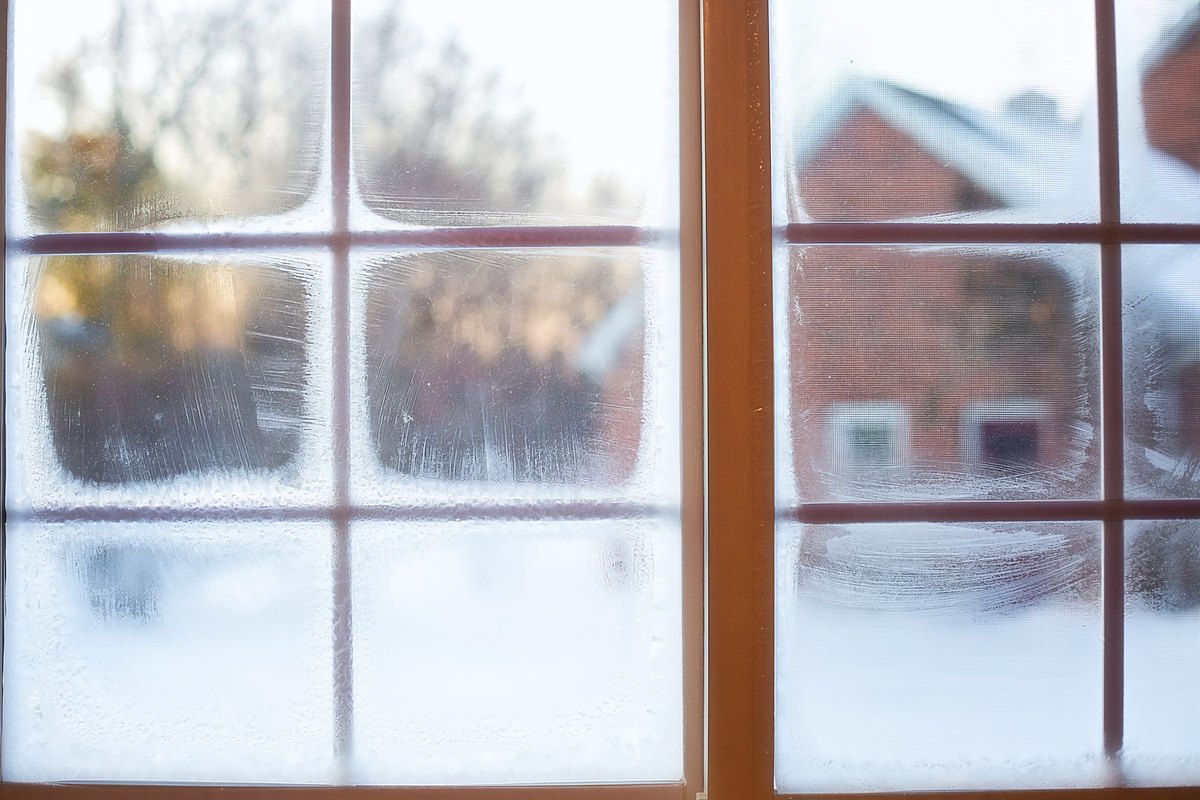
Rising energy bills
Unexplained increases in heating bills are a classic sign that something’s wrong with the furnace.
Heating consumes a large chunk of the monthly energy usage for many months of the year in Alberta so inefficiencies can quickly become costly. If the problem cannot be fixed with the old furnace, installing a new energy-efficient model should resolve the issue.

Ultimately, if you’ve maintained your furnace but the unit is out of warranty and the above issues keep cropping up despite inspections, tune-up or repairs, it’s time to bite the bullet and seek a replacement.
The trade-off for having to pay the upfront costs is that you can install a higher-efficiency furnace that should help to pay off the investment with lower monthly bills.
HOW LONG ARE MANUFACTURER’S WARRANTIES FOR GAS FURNACES IN ALBERTA?
Warranties vary by manufacturer and model but most new furnaces sold in Alberta come with a 10-year manufacturer limited parts warranty. There may also be a 20-year manufacturer warranty on the heat exchanger, which is the most expensive component to repair or replace.
Note that many manufacturer warranties only apply if routine annual maintenance is performed on the unit.
FAQs
To discover the age of your furnace, remove the cover from the unit and find the model number and serial number. Then, Google the brand name with the serial number. This will decode the serial number and reveal the age of the unit.
Gas furnaces have slightly shorter life expectancies than electric furnaces but most people choose gas furnaces in Alberta because of the availability of low-cost natural gas. Electric furnaces can live up to 20-30 years due to the lack of a combustion process, heat exchanger, etc.
Gas furnaces generally last a little longer than air-source heat pumps, which typically last 10–15 years (geothermal heat pumps are rarer in Alberta but can last up to 20–25 years).
Yes, Alberta Mountain Air offers competitive financing packages for new furnaces, heat pumps, and air conditioning.
Our HVAC professionals are SAIT-certified and help Alberta homeowners make the right heating and cooling decisions. If you’re in Calgary and considering your heating options this winter, contact us online.
